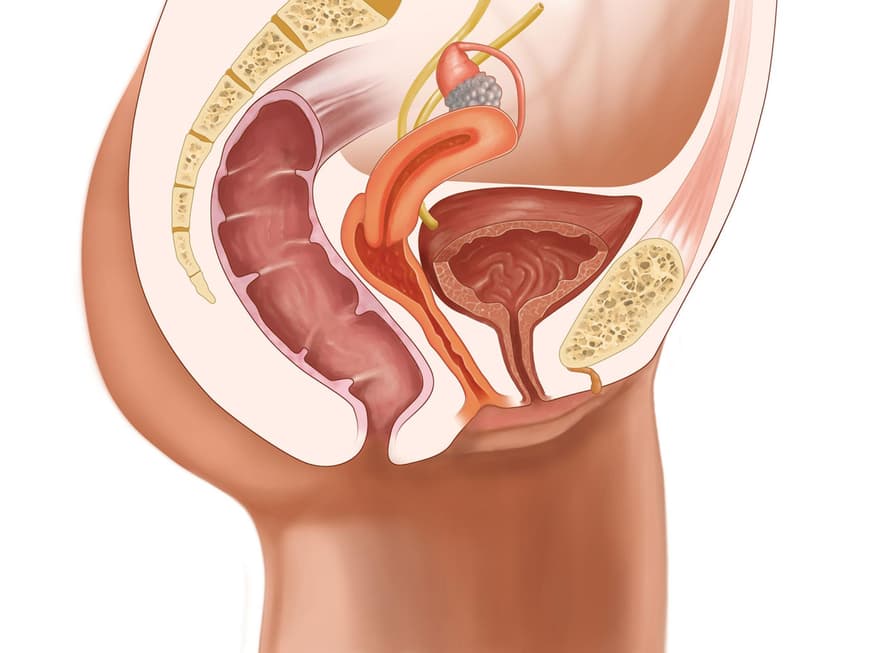
- Symptoms of endometriosis
- Causes of the abdominal disease
- Bad consequences: Cysts and infertility
- Years until the diagnosis of endometriosis
- Surgery for endometriosis
- Hormone and pain treatment
- When you should see a doctor
Symptoms of endometriosis
Severe back pain - not even experienced doctors initially think of a female condition. However, back pain can also be a symptom of the abdominal disease endometriosis. Just like gastrointestinal problems or pain when urinating. No wonder the condition is misjudged and sufferers often have to go through an odyssey of doctors before it is properly diagnosed. More typical symptoms are extreme menstrual and acyclic abdominal discomfort or pain during sex.
Causes of the abdominal disease
Endometriosis (from "endometrium" = uterine lining) is triggered by scattered mucosal cells that adhere to the ovaries, peritoneum or intestines outside the uterus. The cells outside the uterus react to oestrogen. The tissue swells depending on the cycle and causes cramps during menstruation, often leading to severe pain in the abdomen.
Bad consequences: Cysts and infertility
However, endometriosis is actually a chronic disease. A benign one, but with consequences: If it is not treated, the growths and adhesions can lead to infertility. This is because they can be located in the ovaries or fallopian tubes, for example. The growths also grow on the outside of the uterus or in the wall of a fallopian tube. The ovaries, the so-called "Douglas space" between the uterus and rectum and the surrounding connective tissue are often affected. Sometimes, however, the bladder or bowel are also affected, leading to problems with urination and bowel movements. Around one in ten women of childbearing age is affected. The symptoms only subside with the menopause.
Years until the diagnosis of endometriosis
Many women think that this terrible pain is part of their period and they try to cope with it somehow. This is why it often takes years before the women concerned go to the gynecologist. And it often takes some time before the diagnosis of endometriosis is finally made.
Surgery for endometriosis
If you have extremely severe abdominal pain and unexplained lower back pain, blood and urine in your stool, you should see a doctor. An ultrasound scan can detect changes in the fallopian tubes and ovaries as well as cysts in the pelvic area. However, only a laparoscopy, during which a tissue sample is taken, will provide sufficient information. This makes it possible to rule out endometriosis and also to assess the severity (there are four stages). Visible foci of endometriosis, cysts and adhesions can be removed by laparoscopy using a scalpel or laser. Sometimes, however, several endometriosis operations are necessary, as it often comes back. At the same time, hormones are administered to inhibit the release of oestrogens. Shortly after the operation and hormone therapy, there is the best chance of pregnancy.
Hormone and pain treatment
To reduce oestrogen levels, it is often sufficient to switch to a progestogen-containing pill or to be treated with pro-gesterone-like substances. So-called GnRH analogs are heavy hitters, as they stop the cycle and put the body into a menopausal state for several months. Heat in all its forms, such as herbal teas or baths (including anti-inflammatory mud baths) and acupuncture, have a soothing effect on pain. Special yoga exercises, pelvic floor decongestion training and gentle endurance sports help to relieve cramps.

An important symptom of endometriosis is severe pain during menstruation, which radiates to the back and legs. This can be accompanied by pain during ovulation, in the bowel during menstruation and during sex.
© Fotolia
You may also be interested in this:
